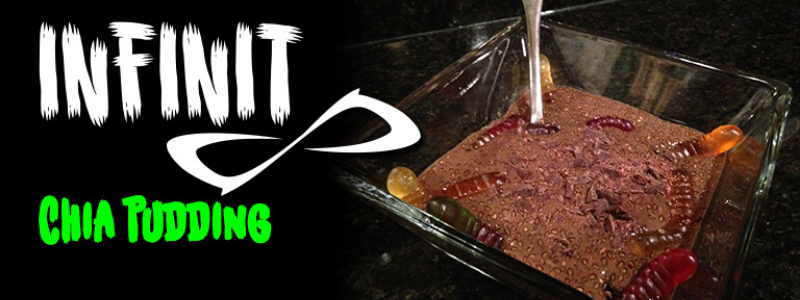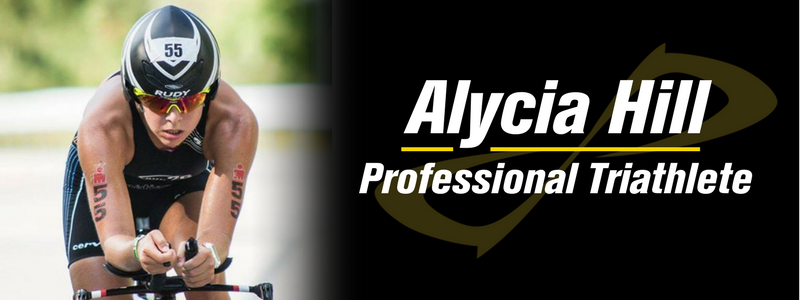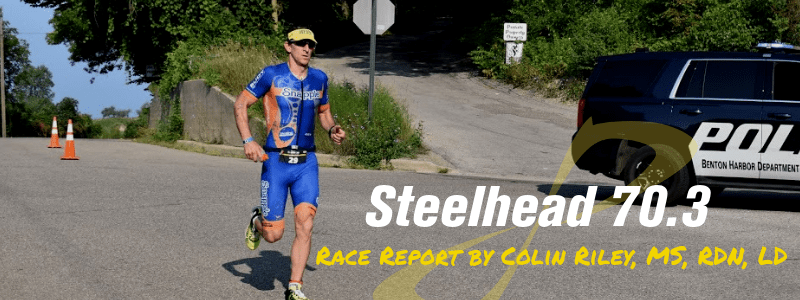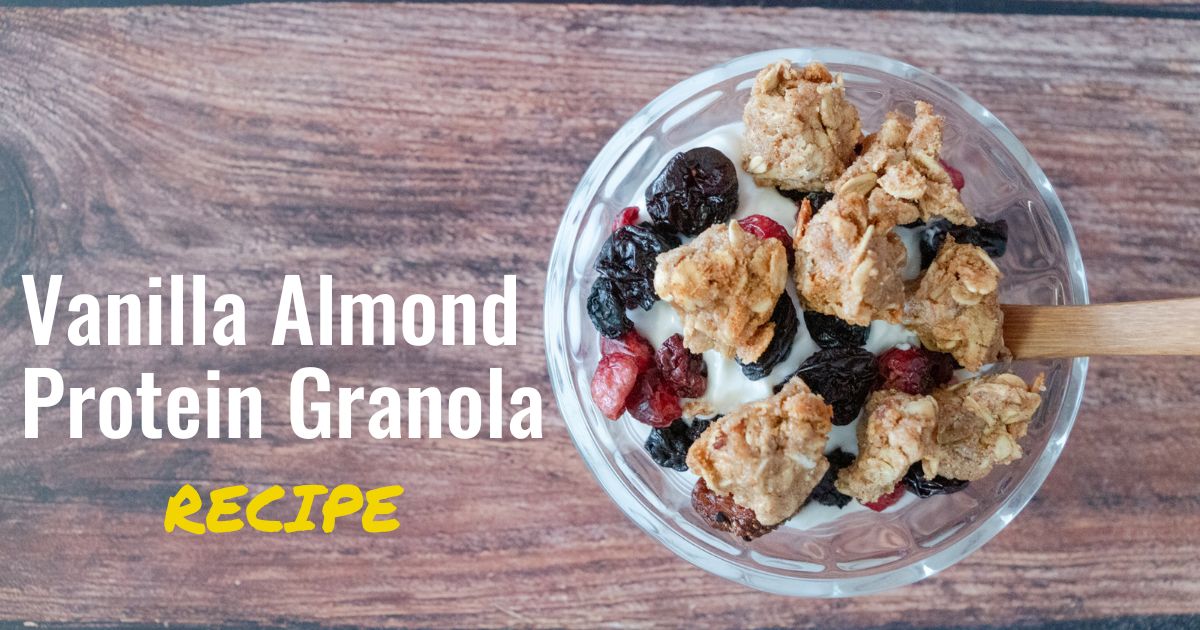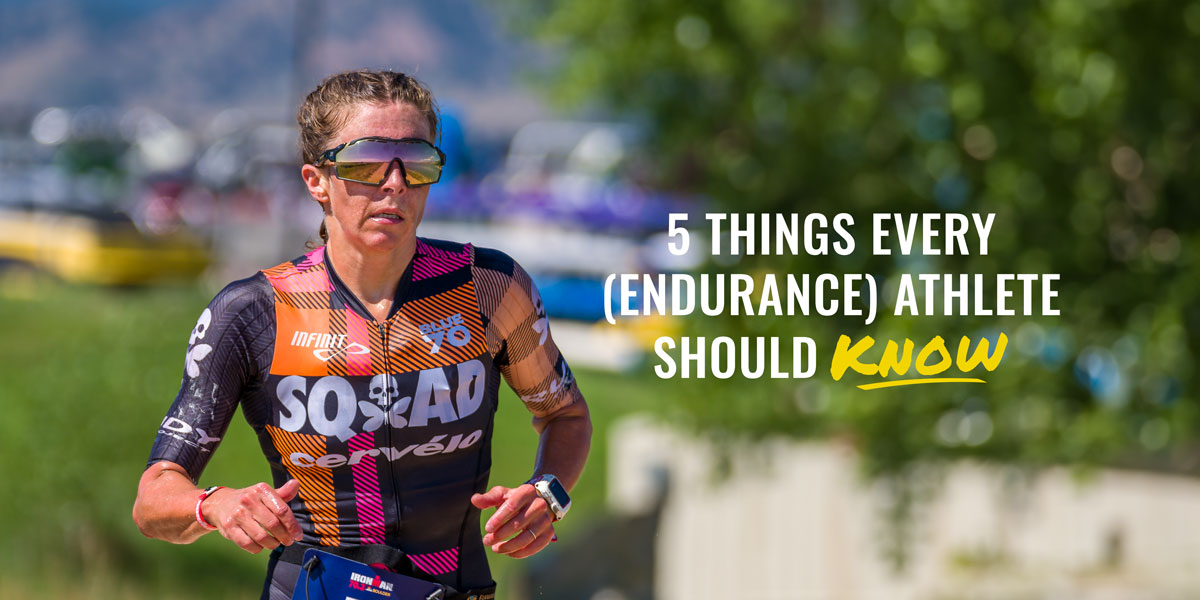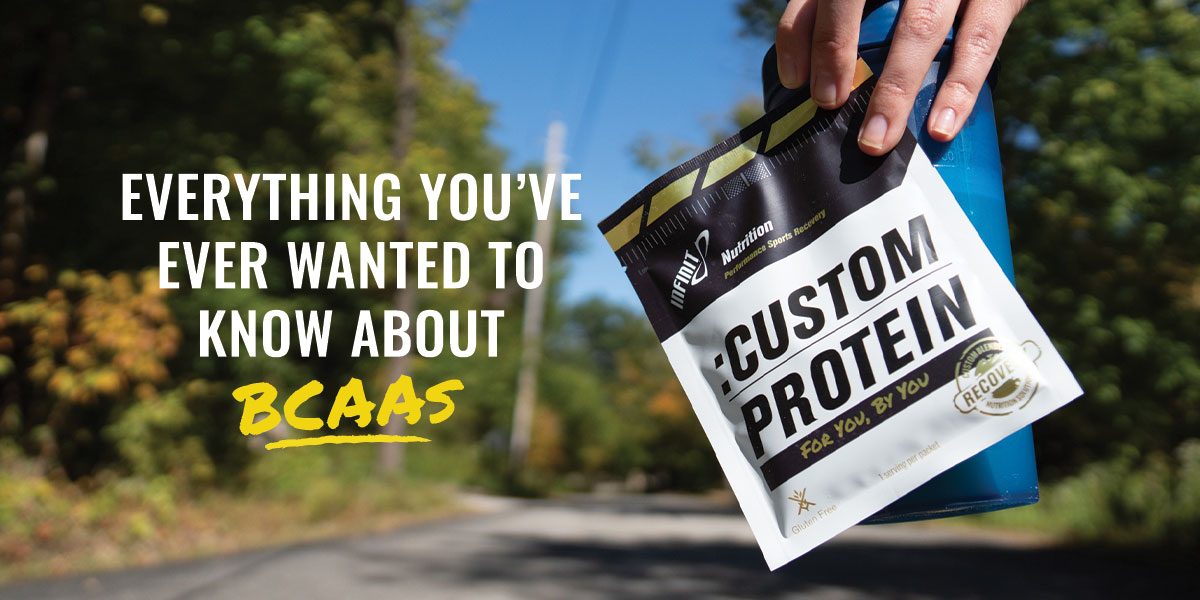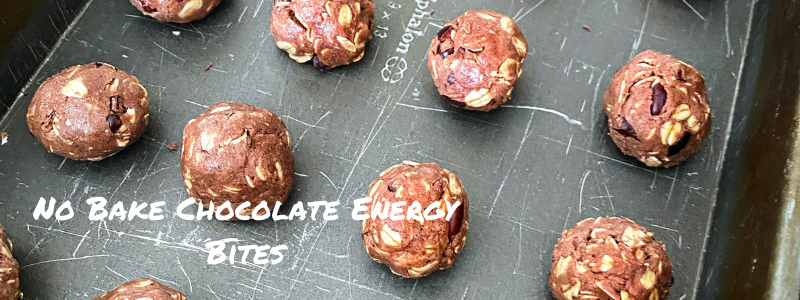2017 Chicago Marathon
- Nov 6, 2017
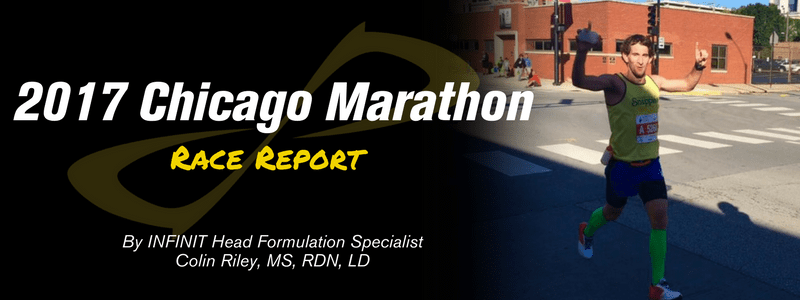
Race Report by INFINIT Head Formulation Specialist, Colin Riley, MS, RDN, LD from the 2017 Chicago Marathon.
A few weekends ago I competed in the 40th anniversary of the Chicago Marathon.
I ran the Chicago Marathon in 2014 as my 2nd marathon and had ran 2:52:45 in what would be considered ideal marathon conditions (upper 30's - low 40's at the start increasing to the 50's, if my memory serves me right), but I suffered some serious leg cramps in the final 6 miles that likely cost me several minutes. I was not using INFINIT at this time.
Going into the 2017 race, I was excited to be using INFINIT knowing my nutrition was dialed in for me with the hopes that I would not experience the same cramping issues that had slowed me down in 2014.

As the Head Formulation Specialist at INFINIT Nutrition, one of the top questions I get asked is "How am I supposed to carry my nutrition on the run?"
Many people think carrying their own INFINIT nutrition on the run means carrying a bunch of unwanted weight, and others just can't stand the thought of running with a bottle in their hand or around their waist. Well, you don't have to lug around several pounds of fluid in order to carry your INFINIT with you on the run. And there are so many handheld and clip-on style running bottles out there now to meet the needs of any runner or triathlete, the question really becomes, why wouldn't you carry your own nutrition that you have used in training and that is dialed in just for you?
So, I wanted to outline my nutrition plan for the Chicago Marathon, where I ran an almost 4 minute PR, to demonstrate how it is done!..
Race conditions were noticeably warmer than when I ran Chicago in 2014 with start temps in the 50's and rising into the mid 60's by the time I was done. By no means hot, but still warmer and less ideal compared to the last time I ran Chicago. With my history of cramping in the final 6 miles of the 2014 race, my plan was to use my custom run blend for the first 2 hours and then switch over to Grape TRiPwire for the final 50 minutes with the hopes that if I did start having any cramping issues, the TRiPwire would do it's job and keep the cramps away.

I knew I wanted to minimize the extra weight I was carrying so after some trial and error on my longer training runs, I came up with the idea to use two Hydraklick bottles — one that would click into the "Solo - 8" clip-on and one that I would carry. These bottles are 8 ounces each, so overall, fairly small and minimally invasive.
The morning of the race, I mixed up 2 servings (4 scoops) of my custom run blend with about 6 ounces of water in a larger, regular water bottle for easy mixing. I transferred the mixture into the first handheld bottle, added another ounce or so of water to the regular bottle that I used for mixing to get any leftover remnants that were hanging out in the bottle and transferred that over to the 8 ounce bottle and topped it off with the faucet so it was full. This little 8 ounce bottle now had 2 full hours worth of nutrition in it!
Then in the 2nd bottle, I filled it up just over halfway with the Grape TRiPwire powder which was about 5 ounces or 250 calories worth. Then I just added enough water so that when I mixed it, it was still 5 ounces or just over half filled (I did not fill this bottle all the way up as TRiPwire is designed to be mixed with equal parts powder and water). This bottle would be clipped into the Solo-8 and would be my nutrition for the final 50 minutes or so of the marathon.

So now I was set with all of the nutrition I would need for the entire marathon in about 13 ounces of liquid. I also used the Hydraklick "Belt Intro" as I found the Solo-8 stayed more secure on the belt than just my running shorts alone and it helped minimize the extra movement of the clip-on.
The race started at 7:30 am and the sun was already coming out and the temperatures were already on the rise. I bypassed the first aid station as I settled into my rhythm over the first couple of miles. I felt smooth and comfortable running about 6:15/mile which was about 10 seconds faster than my goal race pace. Aerobically I felt fine and didn't really feel like I was working all that hard those first few miles (which is how it should feel!). I decided to just go with it and hope I could continue to hold it for many more miles ahead. I started sweating and felt my muscles heating up a little bit but nothing that was going to slow me down and just a reminder that I needed to focus on taking in enough fluid throughout the race.

After skipping the first aid station, I made sure to hit every aid station thereafter even if I wasn't taking a sip of my blends. With the temperatures continuing to rise, I wanted to make sure I was taking in enough fluid to minimize my overall dehydration. Studies show you want to minimize your overall dehydration to not more than 5% of your total body weight.
As I saw the aid station approaching, I would take a small swig of my concentrated RUN blend and follow it with a cup of plain water. I ended up getting through my RUN blend at the 1 hour 50 minute mark. At that point, I switched the bottles so I had the empty RUN blend bottle now clipped onto my waist and was carrying the 5 ounces of TRiPwire in my other handheld. I didn't want to start in-taking the TRiPwire until the 2:00 mark so between the 1:50 - 2:00 mark, I passed through an aid station and just had some plain water. The TRiPwire is designed to be consumed in an entire 100 calorie shot to help with cramping. At that point in the race, I was beginning to slow down from my initial 6:15/mile pace closer to my goal pace around 6:25 - 6:30/mile. I had started to experience some muscle tightening just passed the halfway mark but nothing that was slowing me down too much. I had a few little twinges in my calves around the 20 mile mark, but overall, I was feeling confident about hitting my sub 2:50 goal.

I continued fueling with the TRiPwire as I approached each aid station (as opposed to taking an entire 100 calorie shot) and following it with a cup of water from the aid station. I was getting through my TRiPwire fairly quickly so I skipped one aid station around mile 23 and had just a cup of plain water. I finished off the TRiPwire at the 2nd to last aid station. At that point my pace had slowed into the 6:50's/mile and my muscles were definitely fatiguing and ready to be done, but I continue to run strong, with no major muscle cramps and with zero GI issues!
I made the final two turns over the last 0.2 miles, made my way down the finishing stretch and happily crossed the line in 2:48:49, almost 4 minutes faster than my 2014 Chicago Marathon! I was very happy with my nutrition plan that I was able to flawlessly execute which ultimately helped me push my body to its max and exceed my goal time. I won't lie, I was EXTREMELY sore for the next several days after the race including a black and blue big toe that is still trying to get back to normal. For now, I am just enjoying the off-season and a few weeks off of structured training before getting back into some regular training as I get ready for my 3rd season racing as a Professional triathlete.
So if you're thinking about whether or not a custom run blend might work for you in your next half or full marathon or run portion of your half or full Ironman, it can be done while carrying a minimal amount of fluid. And the benefit? You know exactly what you're getting!
Sign up today for your FREE consultation to get a custom blend dialed in just for YOU!

